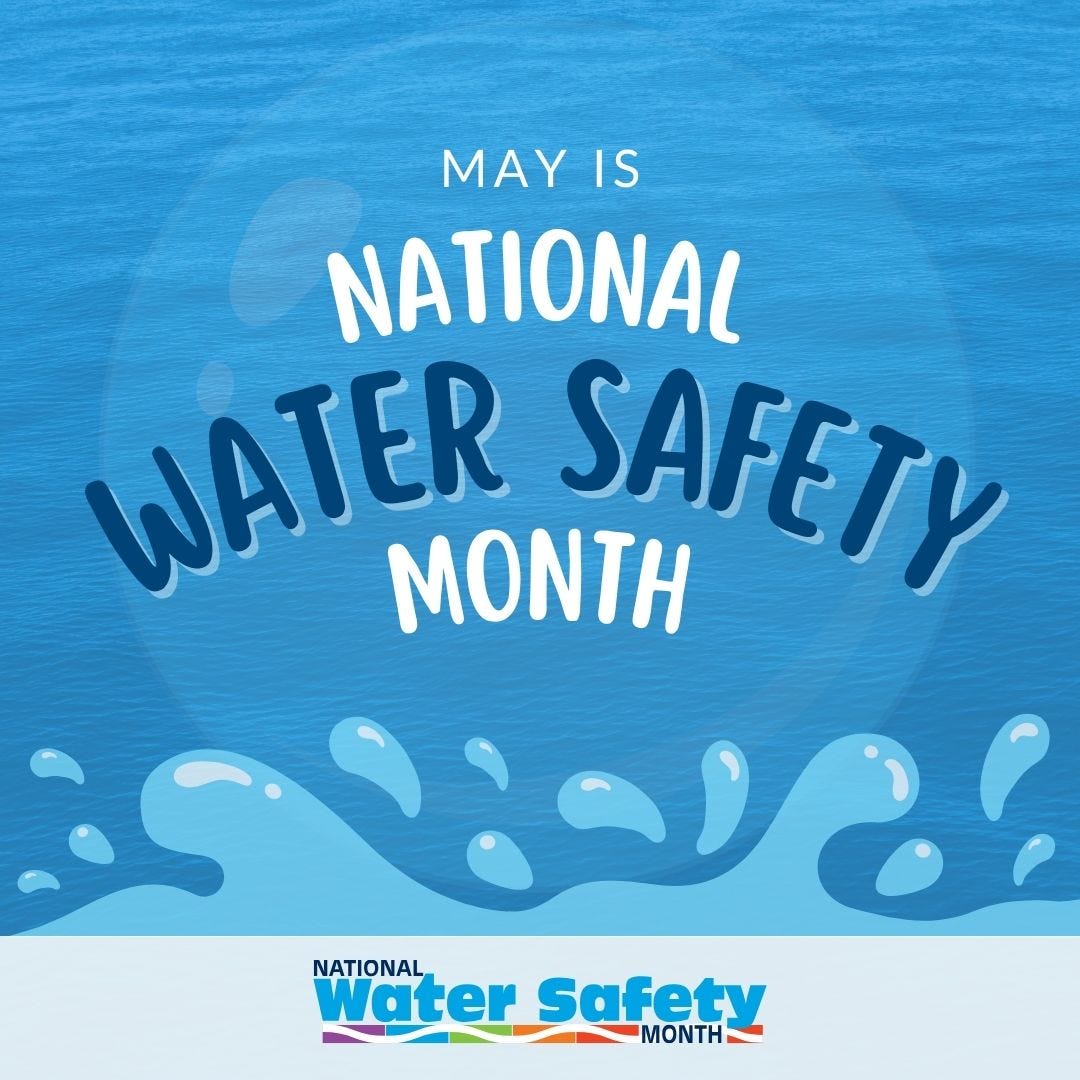May is National Water Safety Month: NDPA Highlights 5 Layers of Protection to Prevent Drowning
May is National Water Safety Month, when safety advocates, parents, educators, and aquatic professionals unite to raise awareness about drowning prevention. With drowning remaining the leading cause of death for children ages 1 to 4 and a significant risk for older children and adults, the National Drowning Prevention Alliance (NDPA) is urging communities to adopt the Five Layers of Protection to safeguard lives.
According to the NDPA, drowning is quick, silent, and often occurs when a child is not actively swimming. Their comprehensive approach includes:
Barriers and Alarms: Proper fencing—ideally a four-sided isolation fence separating the pool from the home—and self-latching gates and door alarms, can drastically reduce unauthorized access. Alarms can notify adults when someone enters the pool area, offering critical seconds for intervention.
Supervision: Designating a responsible “Water Watcher” provides constant, distraction-free monitoring. Even in group settings or when lifeguards are present, adult supervision should be vigilant and within arm’s reach of young children.
Water Competency: Teaching children to swim from an early age can reduce the risk of drowning by up to 88%. NDPA recommends lessons that include both water skills and safety education, beginning as early as age one.
Life Jackets: U.S. Coast Guard-approved life jackets should be used on boats and near open water. These devices are essential but should not replace swim instruction or supervision.
Emergency Preparedness: Adults should learn CPR and how to respond to a water emergency. NDPA recommends keeping a phone poolside and equipping pools with rescue gear, such as life rings and reaching poles.
National Water Safety Month began in 2003 and is supported by leading safety organizations, including the American Red Cross and World Waterpark Association. The month-long initiative promotes water safety education, encourages safe behavior around water, and celebrates the value of recreational swimming when proper precautions are taken.
NDPA’s message is clear: one layer is not enough. Drowning prevention requires a multi-faceted approach that includes barriers, supervision, swim skills, life jackets, and emergency readiness. By spreading awareness of these five layers of protection, families and communities can create safer environments for everyone.
To learn more or become a Water Safety Champion, visit NDPA.org.


